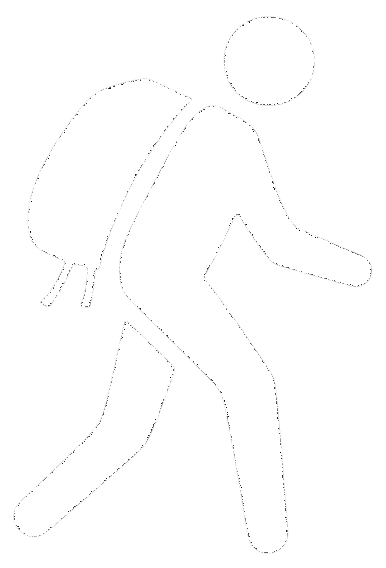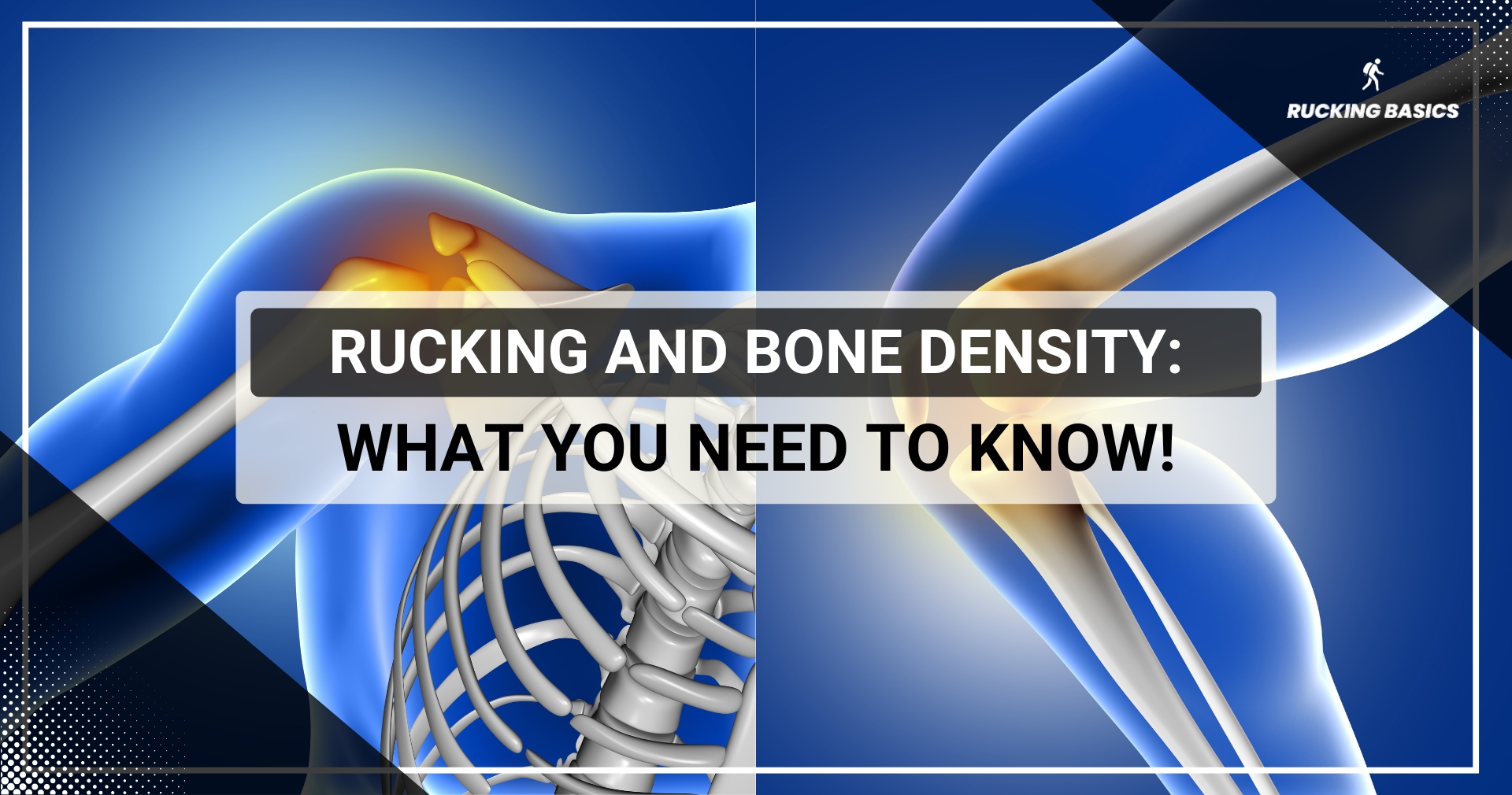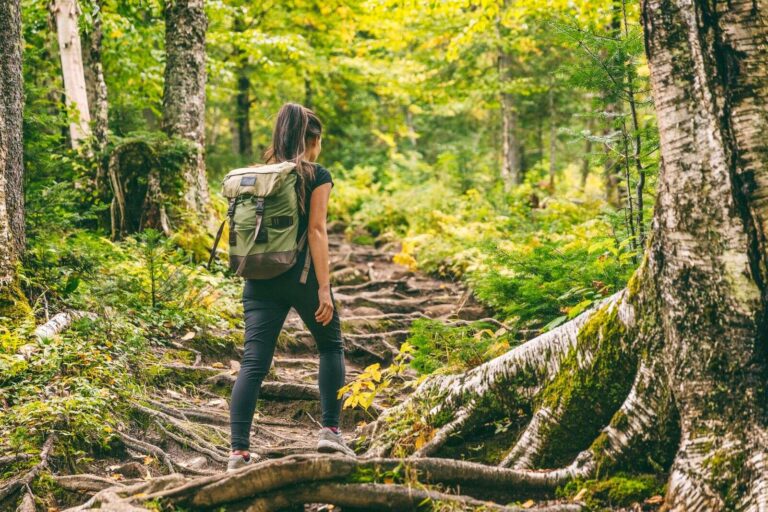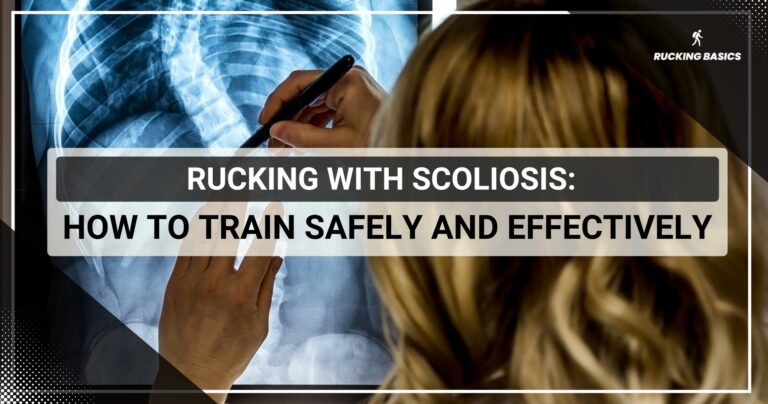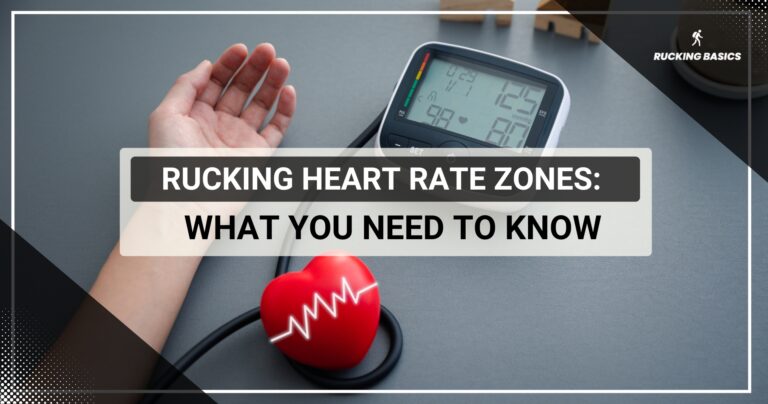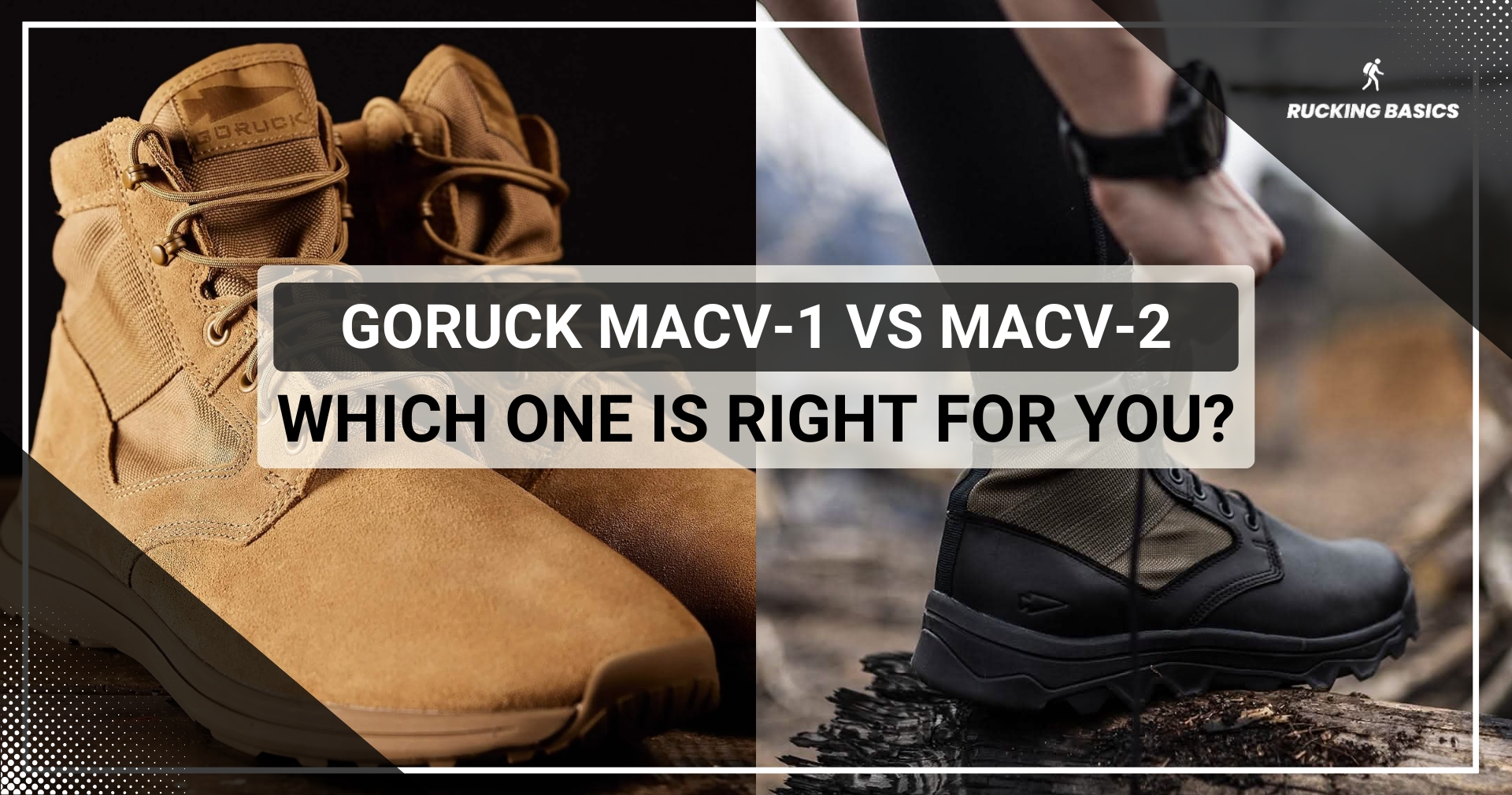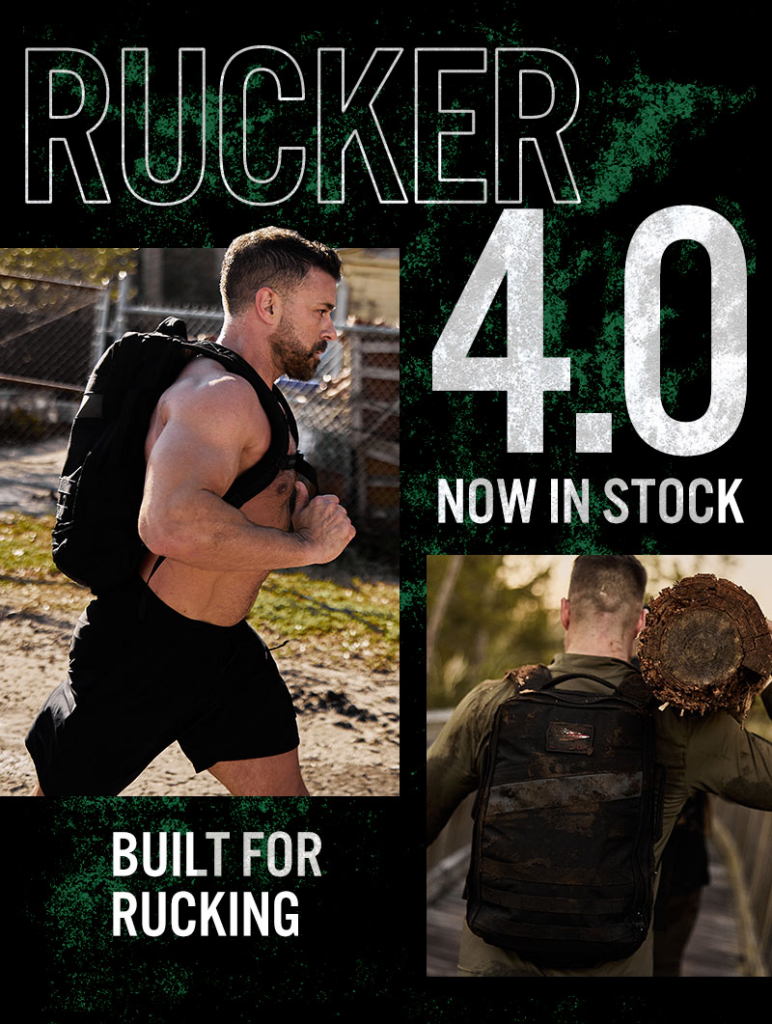The topic of rucking and bone density and whether it is effective for improving overall bone mineral density (BMD) has been around for quite some time. We know that weight bearing exercise variations and different strength training approaches are quite effective at improving BMD.
But is rucking enough to improve the density of our bones?
Let’s jump into the small breakdown below.
Does Rucking Increase Bone Density?
Yes, rucking does increase bone density. Similar to strength training, some physical therapy exercises, and specific aerobic exercise variations, rucking is quite effective at preventing substantial bone loss while also taking care of your cardiovascular health.
The importance of rucking posture cannot be overstated in ensuring these benefits. Proper posture helps evenly distribute the load, reducing unnecessary strain on your spine and joints. This not only makes rucking safer but also maximizes its bone-strengthening potential.
However, if you’re concerned about potential joint strain, you might wonder, is rucking bad for your knees? While rucking is generally considered safe, paying attention to proper technique and gradually increasing weight can help minimize any potential risks.
The PubMed study titled ” Long-term exercise using weighted vests prevents hip bone loss in postmenopausal women” found that a 5-year program of weighted vest plus jumping exercise maintains hip BMD by preventing significant bone loss in older postmenopausal women [1].
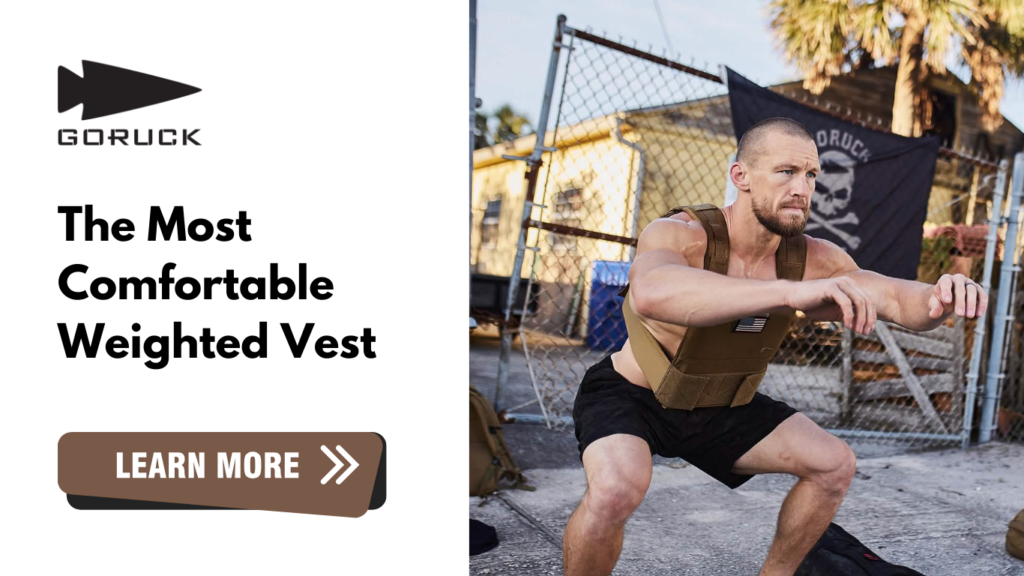
Carrying a weighted vest while exercising is similar to carrying a weighted backpack during rucking sessions. Although not the same, the two share the majority of benefits, including bone strength and overall bone health improvement, as well as the prevention of osteoporosis, while even helping with bone growth and bone remodeling aspects.
To dive deeper into the connection between rucking and bone health, you can learn more about how rucking helps osteoporosis, offering a unique advantage for those looking to improve bone density and prevent bone-related issues.
Rucking is also known to be an excellent physical activity choice for improved cardiovascular fitness and even for preserving muscle mass. It is very similar to the military training style of working out, focusing on long bouts that emphasize caloric burn but also help with overall mental health and lower anxiety.
Different Ways to Maximize Mineral Bone Density From Rucking
You are probably not aware of all the different ways to increase your bone mass during rucking sessions. Most of these are based on different resistance training principles, with the focus on maximizing your bone weight and even overall bone formation in some instances.
Let’s tackle the best ways to improve your bone metabolism below.
Increase Weight Gradually
Increasing the weight gradually is one of the first core strength training principles, and not just for rucking purposes. The principle we are going to cover is called progressive overload [2].
To ensure building bone density through progressive overload, we must tackle some of the following programming parts:
- Sets
- Reps
- Training frequency
- External load
- Rest intervals
Since rucking is unlikely to contain anything related to sets, reps, and even rest intervals in some cases, we will need to focus on external load and training frequency.
To maximize the development of strong bones, you must increase the added weight in your backpack each following rucking session for three weeks straight. Then, you should do the deload week (fourth week) to allow for glycogen supercompensation. This technically means allowing your body to recover and store enough glycogen in your muscles so you can repeat the same effort and even more.
As for the training frequency, stick with 2 sessions in the beginning and add one more every 4 weeks until you do 5 weekly sessions in total. Again, this is highly individual, but progression is key, and these are just some general guidelines to follow.
Vary The Terrain
Varying terrain can help immensely with improving your bone mineral density. Always try to vary the steepness, ground type, and even the initial height of the terrain since that can greatly affect the amount of available oxygen.
To maximize the effectiveness of your rucking workout sessions, think in terms of rucking on the trails, hills, and uneven surfaces. Varying terrains can stress your bones differently, which is beneficial for improving your bone mineral density.
Focus on Nutrition
All the bone density improvement happens right after the rucking sessions are over, and you allow your body to recover. However, without proper nutrition, you won’t be able to give your body the food it needs, resulting in poor recovery and the same or even worse levels of bone density.
So, this is why ensuring enough vitamin D and calcium in your diet is crucial. These micronutrients are essential for your bone health. Think in terms of leafy greens, dairy products, and fortified foods.
Duration and Intensity
You should also vary the intensity and overall duration of your rucking sessions to maximize effectiveness. Aim to gradually increase both the intensity and duration of your rucking sessions each week for three weeks straight.
Then, when you enter the deload period in the fourth week, you can return to the initial intensity and duration parameters before continuing to increase it more in the upcoming fifth week. This will tremendously contribute to your overall bone health.
Mix It Up
The last piece of advice and method I give is to incorporate some additional weight bearing exercises and activities into your fitness routine. Think in terms of hiking, running, stair climbing, jumping rope, sandbags and similar types of activities. This method aims to provide varied stresses on your bones.
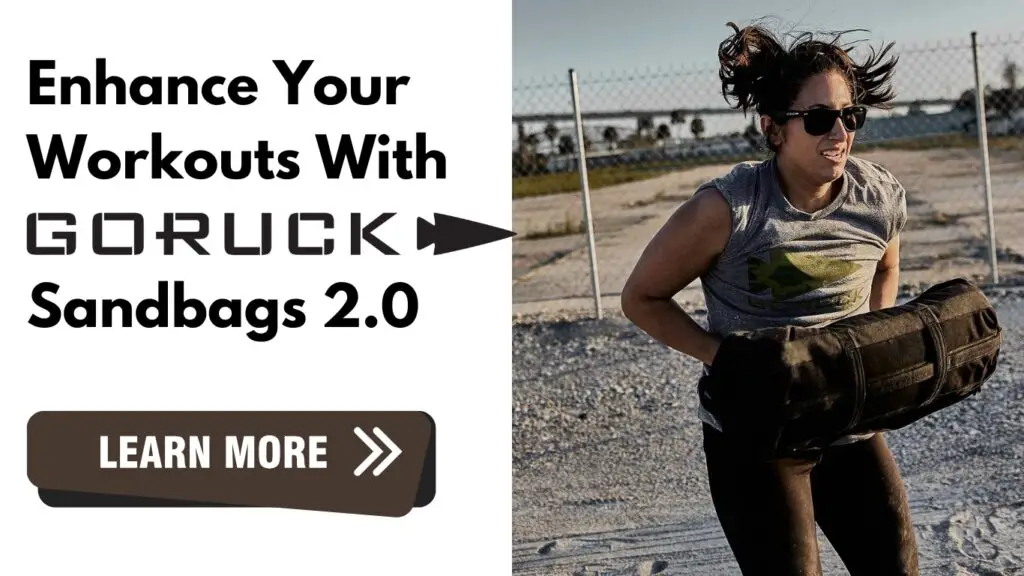
Wrapping Up
Rucking is an excellent type of activity for improving your overall bone mineral density (BMD). Doing one or two rucking sessions per week can greatly enhance your bone health, together with other related benefits such as improved cardiovascular health and muscular endurance.
Remember to vary the terrain and incorporate the progressive overload techniques discussed above to maximize the effectiveness of rucking sessions. In the comments below, let me know how rucking has changed your life and how often you do it weekly.
Frequently Asked Questions
What Is the Best Exercise to Increase Bone Density?
The best exercise to increase bone density is just about any weight bearing exercise with impact. You can do jumping, skipping, jogging, hopping, or anything similar to those types of activities. In addition, adding some small amounts of weight during these activities can further improve your overall bone mineral density.
Does Walking With a Weighted Vest Build Bone Density?
Yes, walking with a weighted vest builds bone density. You can check the case study at the end of this article, which we also mentioned above. It talks about how a 5-year program of weighted vest plus jumping exercise helped improve bone mineral density in older postmenopausal women.
Does Rucking Strengthen Joints?
Even though rucking is considered to be low-impact on joints, it is quite decent at strengthening your joints. At least one or two rucking sessions per week should be more than enough to improve your joint strength and help with your muscle tonus and endurance.
References:
- Snow CM, Shaw JM, Winters KM, Witzke KA. Long-term exercise using weighted vests prevents hip bone loss in postmenopausal women. J Gerontol A Biol Sci Med Sci. 2000;55(9):M489-M491. doi:10.1093/gerona/55.9.m489
- Peterson MD, Pistilli E, Haff GG, Hoffman EP, Gordon PM. Progression of volume load and muscular adaptation during resistance exercise. Eur J Appl Physiol. 2011;111(6):1063-1071. doi:10.1007/s00421-010-1735-9
